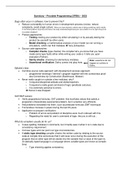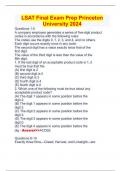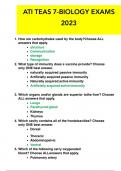Resume
Summary - Provable programming (2ITB0) lectures
- Cours
- Établissement
This document is a summary of all the content from the lectures which will be tested on the exam for the course Provable programming (2itb0) given at the University of Technology Eindhoven.
[Montrer plus]







